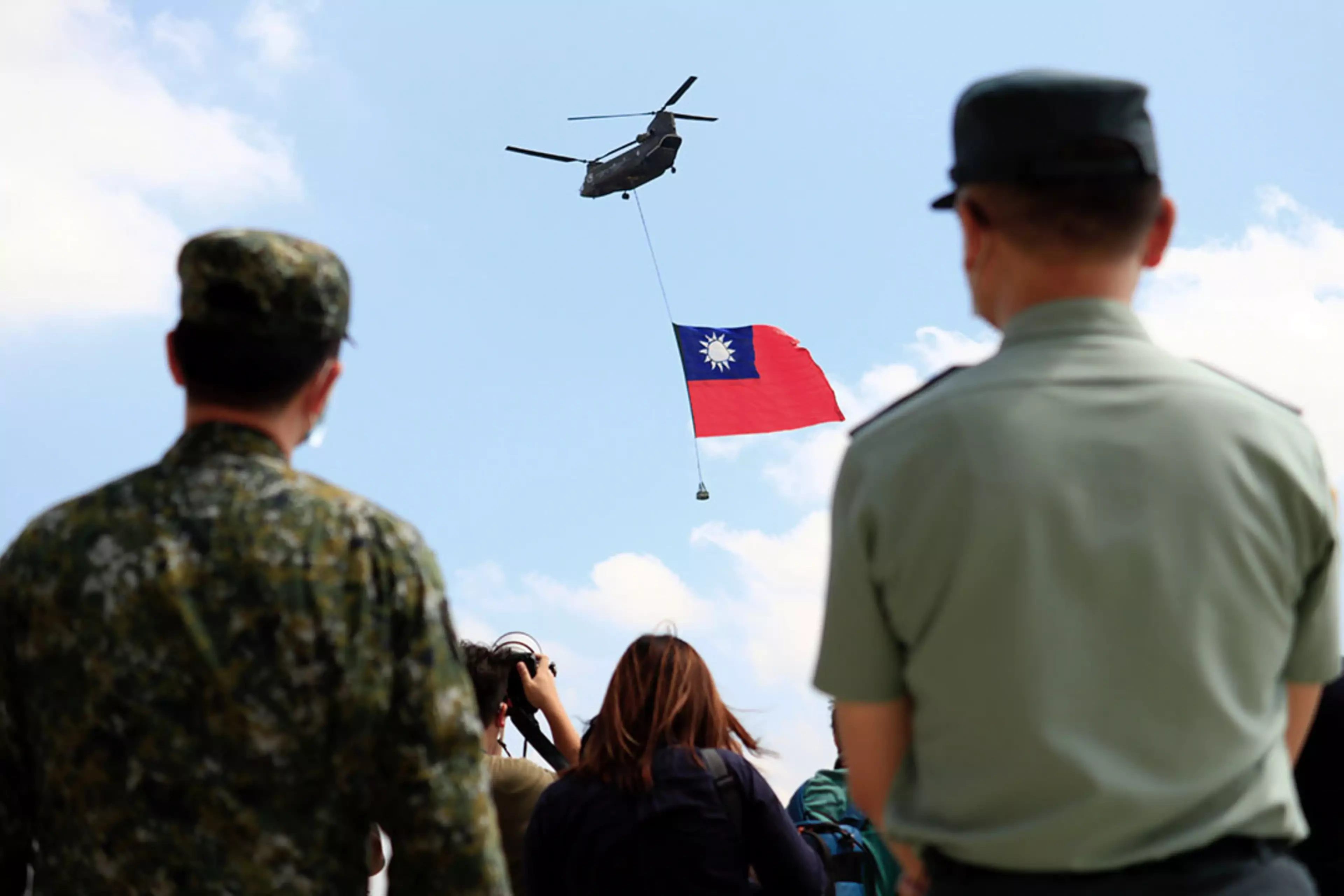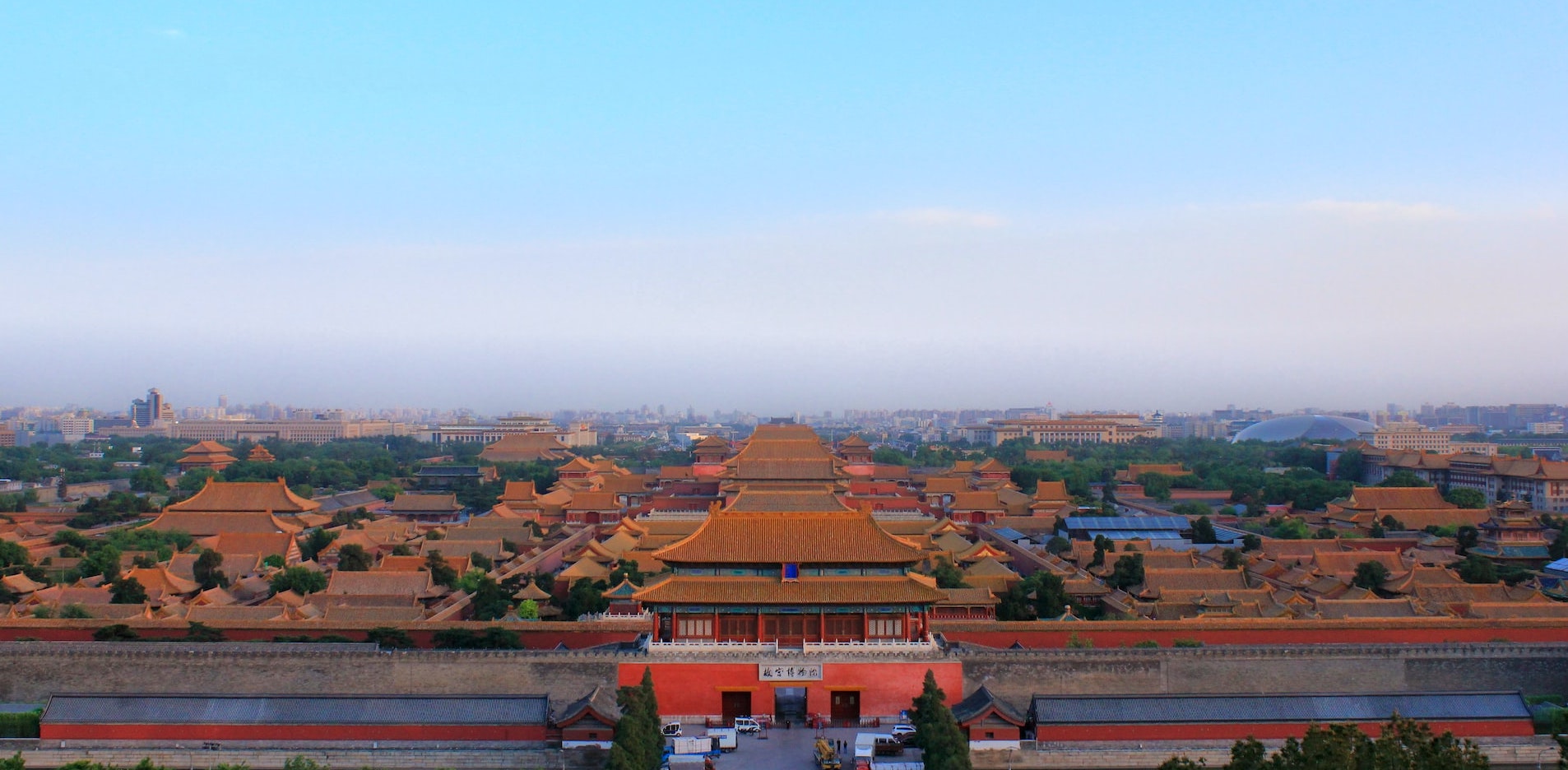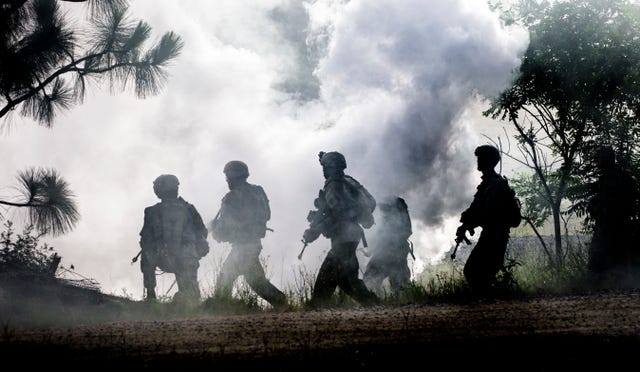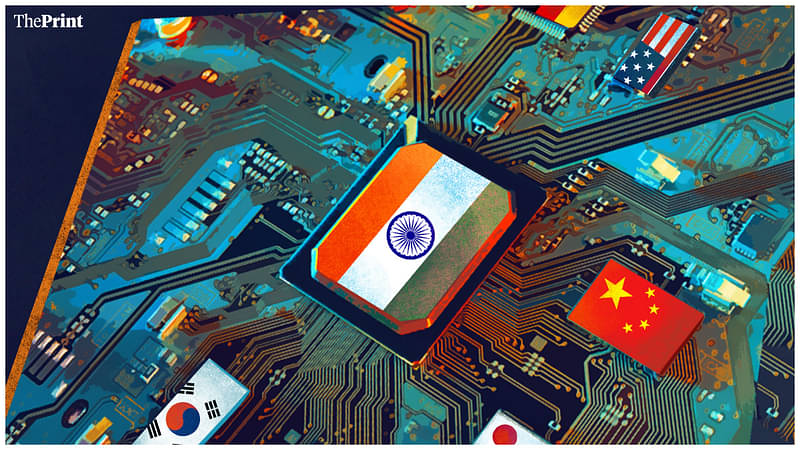The U.S. Navy said Sunday that two warships have sailed through the Taiwan Strait for the first time since China’s furious response to Speaker Nancy Pelosi’s visit to the island. The announcement was an important demonstration that the Biden Administration isn’t ceding the strait to China despite its threats and recent war games that simulated a blockade and invasion.
The USS Chancellorsville and USS Antietam, a pair of guided-missile cruisers, sailed in international waters between Taiwan and the Chinese mainland on what the Navy called a routine transit mission. But little is routine these days in U.S.-Chinese relations, especially regarding Taiwan.
In June, China’s foreign ministry declared that the Taiwan Strait is part of China’s “internal waters,” including “territorial sea, contiguous zone, and the exclusive economic zone.” That makes it all the more crucial for the U.S. to show to Beijing, Taipei and the world that it doesn’t agree and is willing to back that up with naval deployments.















